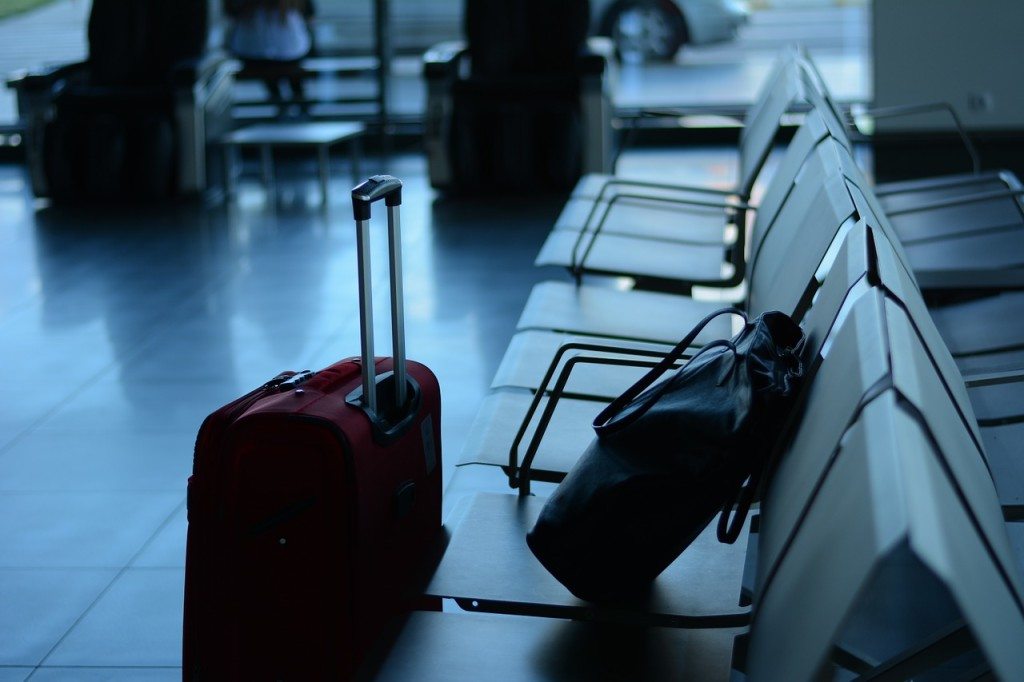Technology is meant to make lives easier by offering solutions for regularly encountered problems. One such problem is the stress experienced by flight passengers who sometimes have to wait anxiously for their suitcases to arrive on the conveyor belt after a flight.
The wait is even more painful for people who have come back from a long trip, a long flight with a stopover, or for those who are traveling to a foreign nation for the first time. South Korea-based Samsung and Hong Kong-based Samsonite have joined forces to provide a solution to this problem in the form of GPS-enabled or satellite-tracked suitcases equipped with a microchip.
The technology behind this smart luggage from both companies would offer a variety of features. They would fit a microchip in suitcases and use a global positioning system (GPS) as smartphones do. This would mean users of these suitcases would know when they can expect their bags to arrive on the baggage carousel at airports.
In fact, the owners would receive an alert message on their registered mobile phone when the suitcase or bag is out of the airplane and another message when it is about to be loaded on the conveyor belt.
Another common problem for bags on the conveyor belt is being mistaken for and swapped with a similar-looking bag belonging to someone else. With the new technology Samsonite and Samsung plan to offer, if someone opens up the misplaced bag, the person it belongs to would immediately receive an alert message. This feature is also useful to keep track of your bag if it’s stolen. The timely alerts could help you find the bag before it is too late.
This innovation would help establish frequent communication between luggage owners and their bags fitted with the chip technology. For example, if someone leaves a bag in a cab after getting out, that person would receive an alert message on his or her mobile phone as soon as the cab travels a few meters away with the bag. Thus, you could avoid losing luggage and prevent possible thefts.
In addition to the features above, the companies are planning other innovations for smart suitcases. One of them involves having an engine or motor fitted in the bag with a remote control in the suitcase owner’s hands that would enable the bag to follow the owner from a short distance behind.
This programmable feature is similar to the one used for a remote-controlled toys. Samsonite has also started working with a few airlines such as Lufthansa, Emirates, KLM, and Air France to have bags with built-in technology that allows the bags to check themselves in. This would save time for travelers as they won’t have to wait in long lines at the airport for their luggage check-in.
After the success of various smart devices like mobile phones, watches, and the like, it is now time for smart bags lead the way in technological advancement.
- Plex servers compromised and held for ransom - July 10, 2015
- MasterCard is testing a treat for selfie lovers - July 7, 2015
- Amazon launches new plan to pay some authors based on number of pages read - July 6, 2015




I feel like the term “innovation” does disservice to the real innovative company who delivered smart luggage first. Bluesmart was crowd-funded, successfully, and debuted as a fully functional company at CES this year.
http://bluesmart.com/